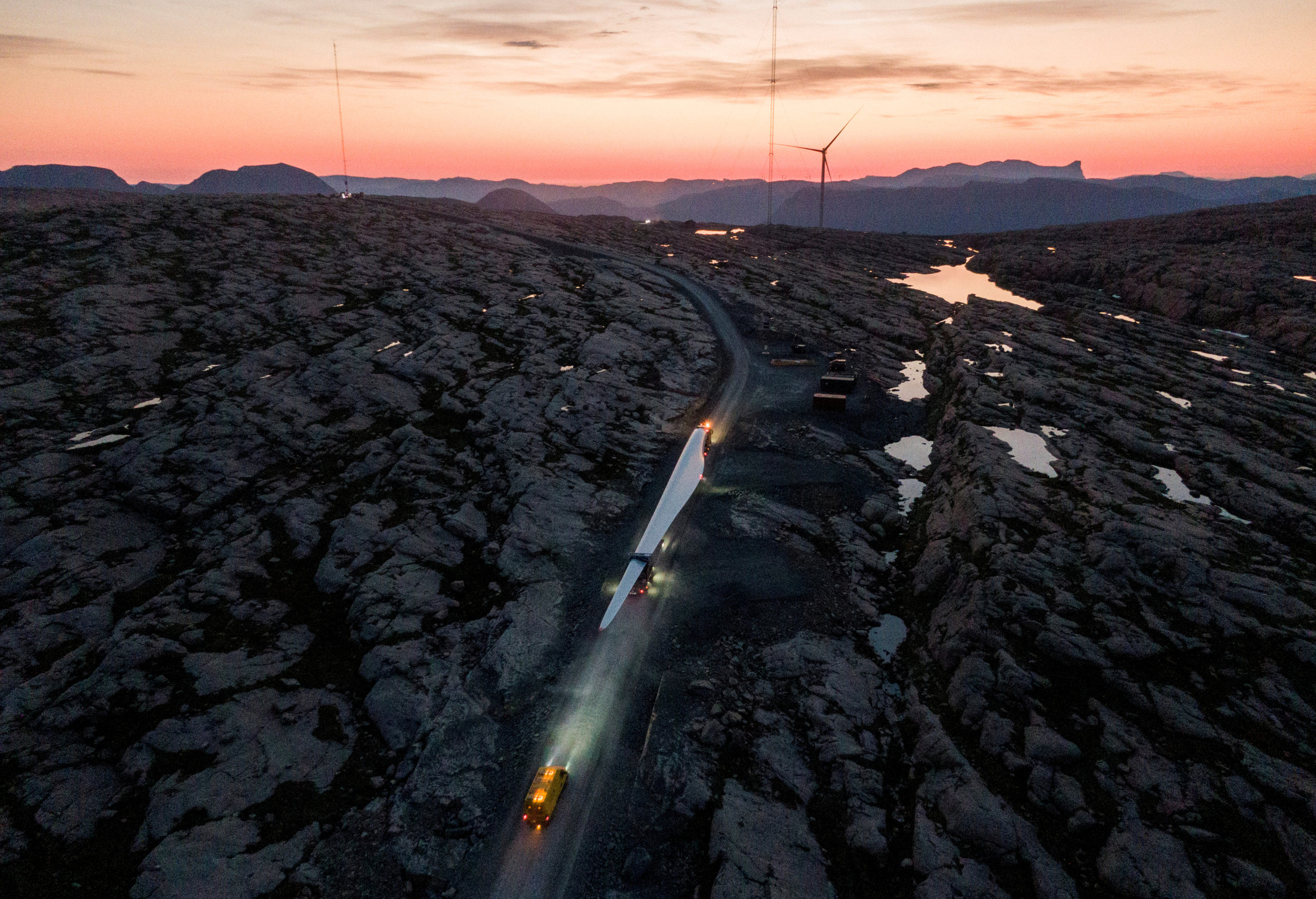Why renewable energy in the Arctic can have a global impact
The Arctic is uniquely positioned to serve as a global testbed for renewable energy systems — but that also comes with complications.

When the words “Arctic” and “energy” appear together, they usually conjure up images of massive fossil fuel projects — either existing ones such as the oil fields of Prudhoe Bay in Alaska and the gas fields of Russia’s Yamal Peninsula, or controversies about prospective ones, such as drilling in Norway’s offshore Barents Sea waters and Alaska’s Arctic National Wildlife Refuge.
That’s natural enough. Those projects dwarf most other economic activity in the Arctic today. They often involve huge amounts of money and have major implications for domestic and international politics.
But there’s another set of stories about energy that are quietly unfolding across the region, too: stories about the growth of renewable and sustainable sources of energy.
Renewable energy in the Arctic isn’t exactly a new phenomenon, but recent years have seen a steady increase in new projects — and more ambitious ones.
Some of this growth is driven simply by improvements in technology which have driven down the costs of renewable sources of energy while improving reliability.
But two other factors play an even bigger role — especially for Arctic communities.
First, of course, is a growing understanding of the impacts of anthropogenic climate change — and a growing urgency to decarbonize economies and societies. That urgency is especially acute in the Arctic where temperatures are rising faster than most of the rest of the planet and climate change impacts are easier to see.
But perhaps an even more important factor is the region’s existing energy infrastructure.
The high costs to operate the diesel generators that power many remote villages, especially in the North American Arctic, mean that switching to a renewable source is relatively less expensive than it would be for grid-connected communities further south. Moreover, because most remote communities draw power from their own microgrid, the region is an attractive place for companies to test new technologies before deploying them more widely elsewhere. And even in more well-developed areas, such as the European Arctic, green energy can be a key economic driver for areas that otherwise struggle to attract industry.
All of this suggests that the Arctic has the potential to play an important role — not just in regional decarbonization efforts but in a global movement away from fossil fuels.
None of this, however, suggests that the growth of renewable energy in the Arctic will be without its challenges or complexities.
Many renewable energy technologies come with their own environmental risks — risks which are frequently distributed in ways that exacerbate existing inequalities. And not every technology works well in Arctic conditions, where environmental extremes and long distances add layers of logistical complication.
In the coming days and weeks, we’ll be exploring both these risks and the opportunities of renewable energy in the region with ArcticToday’s first ever special focus series (we’ll post a link here to the entire series as we begin to post stories).
We hope you’ll follow along — and we hope you’ll give us your feedback on this project.